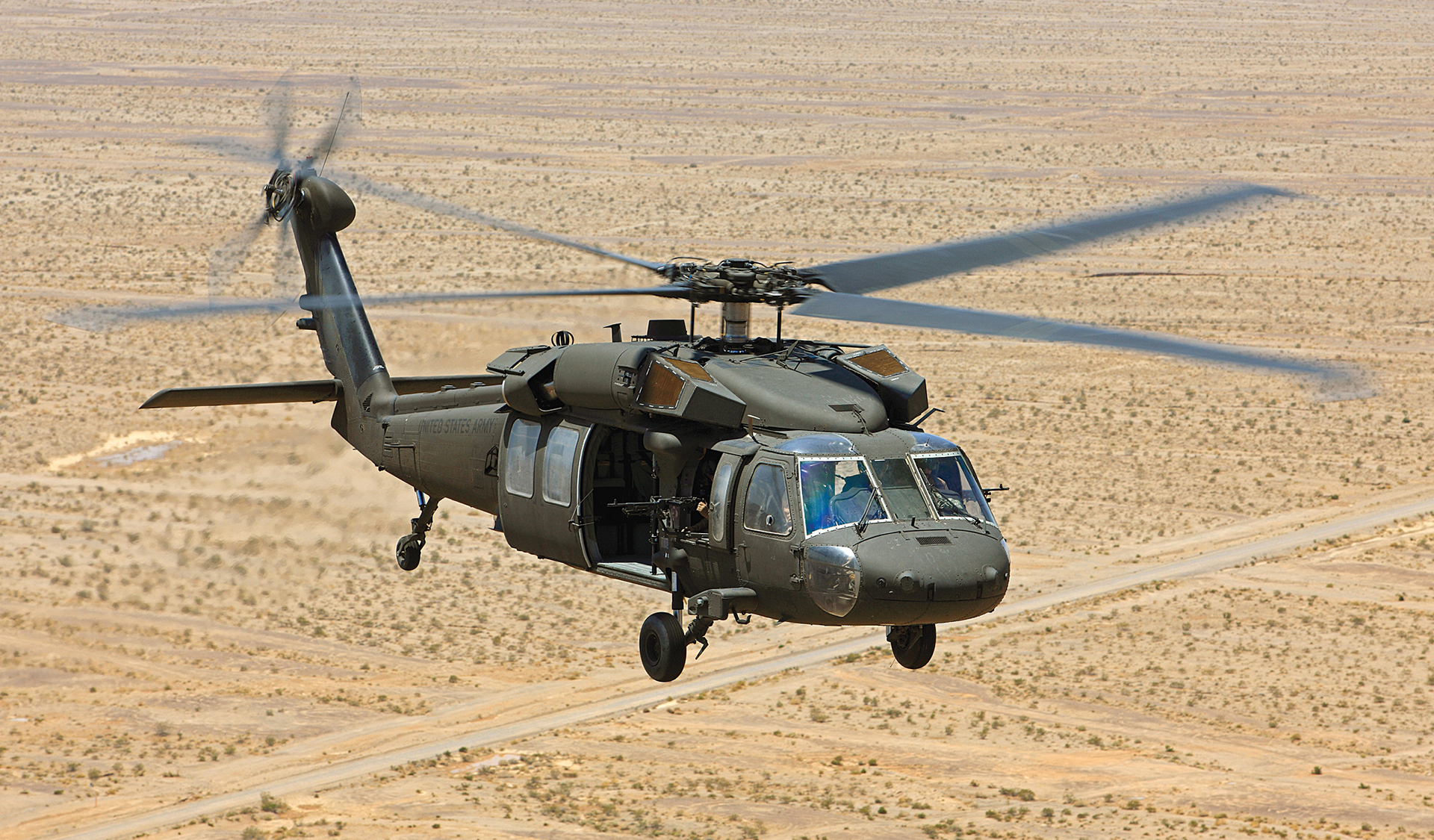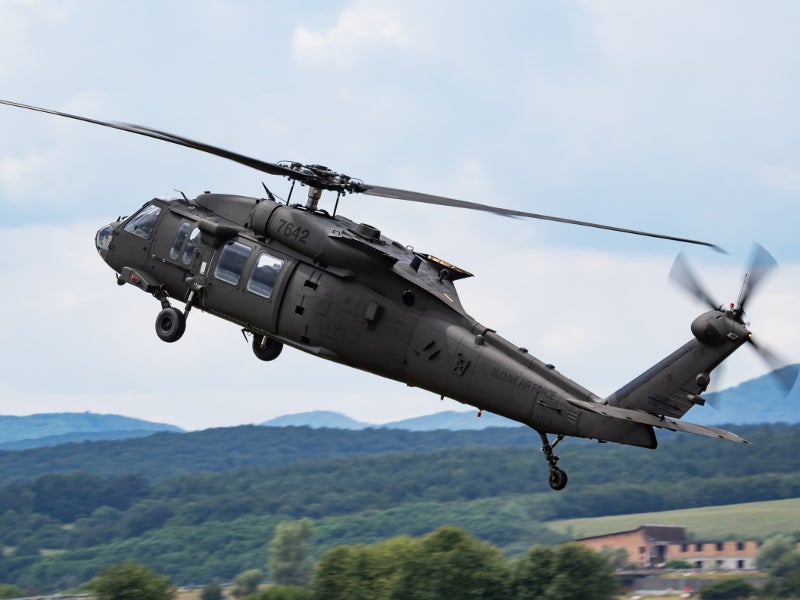Mastering the Skies: UH 60 Helicopter Maintenance Checklist
Mastering the Skies: UH 60 Helicopter Maintenance Checklist
Blog Article
Browsing Uh 60 Helicopter Rules and Compliance Requirements

Regulatory Structure Review
The governing structure regulating UH-60 helicopter operations encompasses a complex collection of requirements and policies established by aviation authorities. These laws are made to ensure the safe and reliable procedure of UH-60 helicopters in numerous atmospheres. The Federal Aviation Management (FAA) plays a central duty in developing and imposing these regulations, which cover a wide variety of operational facets, including airworthiness criteria, pilot qualifications, upkeep demands, and functional procedures.
Conformity with these guidelines is vital for helicopter operators to preserve the highest degree of safety and security and operational honesty. Failure to abide by these policies can cause major effects, including mishaps, injuries, and regulatory permissions. Therefore, helicopter operators have to stay notified concerning the most recent governing growths and guarantee that their procedures remain in full compliance with all relevant rules and requirements.
Airworthiness Instructions and Inspections
Amidst the governing structure governing UH-60 helicopter operations, a crucial emphasis rests on compliance with Airworthiness Directives and conducting detailed examinations to maintain safety criteria and operational integrity. Airworthiness Regulations (ADs) are released by air travel authorities to address harmful problems in aircraft, consisting of the UH-60 helicopter, and mandate certain actions to be taken by proprietors or operators. Conformity with ADs is necessary, and failure to follow these instructions can result in major consequences, consisting of grounding of the aircraft.
Regular examinations are vital to making sure the airworthiness of UH-60 helicopters. These inspections include a variety of checks, from routine day-to-day evaluations performed by pilots prior to and after flights to a lot more comprehensive arranged upkeep inspections executed by licensed mechanics. Furthermore, unique examinations may be needed based on certain problems or occurrences. By adhering to a stringent examination program, drivers can detect and deal with prospective problems immediately, therefore enhancing the safety and reliability of UH-60 helicopter operations.
Pilot Credentials and Training

Pilot training for UH-60 helicopters is extensive and covers a large range of subjects, including aircraft systems, emergency procedures, navigation, and mission-specific training. Additionally, pilots undertake simulator training to exercise various emergency circumstances in a regulated atmosphere. This training aids pilots develop article source the needed abilities to manage difficult circumstances effectively.


Moreover, recurring training and professional development are necessary for UH-60 pilots to remain existing with the newest guidelines, modern technology, and best practices. By purchasing pilot certifications and training, drivers can boost safety, maximize efficiency, and ensure compliance with regulatory requirements in the operation of UH-60 helicopters.
Operational Limitations and Requirements
Pilot certifications and training work as the foundation for understanding the operational limitations and requirements associated with UH-60 helicopter procedures (uh 60). These functional constraints are established to make sure the safety and security of the team, guests, and the airplane itself. Functional restrictions may include factors such as climate condition, weight constraints, elevation restrictions, and operational borders. It is crucial for pilots to be fluent in these constraints to make educated decisions throughout trip operations. Additionally, conformity demands, such as adhering to particular flight courses, communication protocols, and emergency situation procedures, are important for keeping functional safety and governing conformity. Pilots need to stay existing with all operational constraints and demands through normal training, rundowns, and reviews to alleviate risks and ensure reliable and risk-free UH-60 helicopter procedures. By prioritizing adherence to these functional guidelines, pilots can boost the overall safety and security and effectiveness of their objectives while supporting governing requirements.
Emergency Procedures and Compliance Testing
Efficient emergency treatments and comprehensive compliance testing are important parts of keeping functional safety and security and governing adherence in UH-60 helicopter procedures. Emergency situation treatments incorporate methods for numerous circumstances, consisting of engine failings, fires, hydraulic problems, and a lot more. Pilots and team members should be skilled in these treatments to react quickly and efficiently in emergencies. Regular compliance screening makes certain that the helicopter satisfies all regulative demands stated by aviation authorities. This testing entails detailed examinations, checks, and analyses to verify that the aircraft is airworthy and in conformity with all relevant guidelines.
Compliance screening likewise reaches devices onboard the UH-60, such as communication systems, navigation instruments, and safety and security gear. Making certain that all devices is operating properly and fulfills regulative criteria is vital for secure operations. Additionally, compliance testing might entail simulations of emergency situations to assess the team's feedback and the helicopter's performance under anxiety. By prioritizing emergency procedures and conformity screening, UH-60 operators can alleviate threats and demonstrate their commitment to safety and security and regulatory compliance.
Final Thought
In verdict, adherence to governing structure, conformity with airworthiness directives, pilot certifications and training, operational restrictions, and emergency procedures are necessary for browsing the visite site guidelines and needs of running a UH-60 helicopter. uh 60. It is vital for drivers to focus on safety and security and make certain complete conformity with all suitable guidelines to preserve the airworthiness and operational integrity of the aircraft
Browsing the governing landscape bordering UH-60 helicopter operations requires a nuanced understanding of the elaborate web of rules and conformity needs.Compliance with click now these policies is important for helicopter operators to keep the greatest levels of safety and functional stability.Among the regulatory framework regulating UH-60 helicopter procedures, a crucial emphasis exists on conformity with Airworthiness Directives and carrying out comprehensive inspections to support safety criteria and operational reliability.Reliable emergency treatments and extensive compliance screening are crucial parts of preserving operational security and regulatory adherence in UH-60 helicopter procedures. Regular compliance screening makes sure that the helicopter meets all regulative requirements set forth by aeronautics authorities.
Report this page